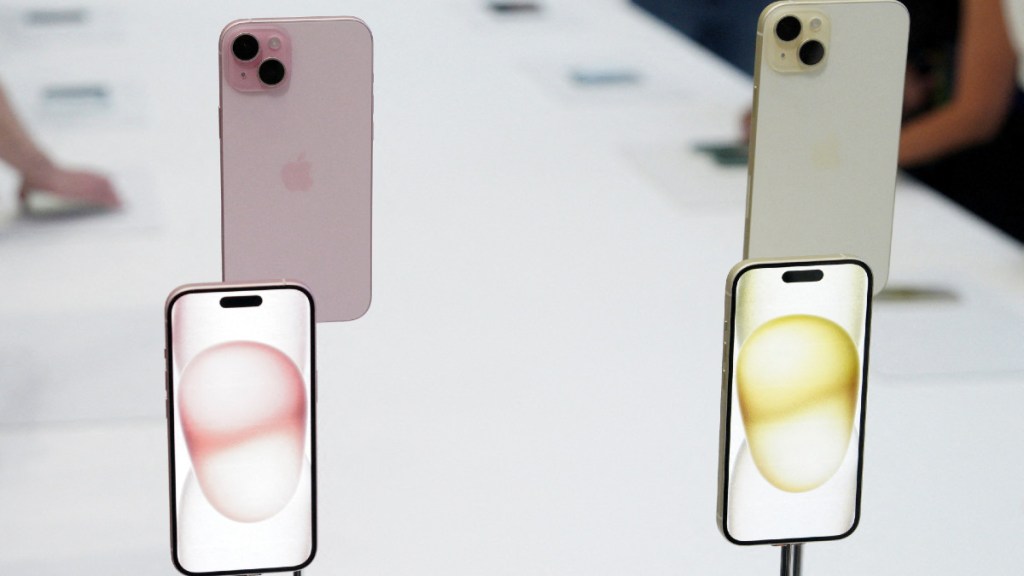The arrival of a new iPhone is always a cause for excitement. But before we get swept up in the anticipation of the iPhone 16’s rumoured features, let’s take a moment to appreciate the groundbreaking iPhones that came before it.
From the introduction of the intuitive multi-touch interface to the development of sophisticated camera systems and secure facial recognition technology, Apple’s iPhones in the past have pushed the boundaries of mobile innovation.
It all began in 2007 with the launch of the original iPhone. This sleek device, a stark contrast to the clunky smartphones of the era, introduced the world to a revolutionary new way to interact with technology. The now-ubiquitous multi-touch interface replaced physical buttons with a responsive touchscreen, making navigation intuitive and natural. The iPhone also boasted a large, high-resolution display for a phone at the time, perfect for web browsing and consuming multimedia content. But the true genius of the original iPhone lay in the App Store that arrived in 2008, a digital marketplace which today is the most integral part of iPhone’s OS. App store allowed users to personalise their phones with a vast array of apps, from games and social media platforms to productivity tools and utilities.
Let’s delve deeper into some of the specific innovations that subsequent iPhones brought to the table.
iPhone (2007): First iPhone launched. It introduced the multi-touch interface, a radical departure from physical buttons, forever changing how we interact with phones. It also brought a large, high-resolution display for a phone at the time.
iPhone 3G (2008): Introduced 3G connectivity, enabling faster mobile internet access, a big leap for on-the-go web browsing and data usage. Also the phone came pre-loaded with App Store marking the official debut of the digital marketplace.
iPhone 4 (2010): Boasted the stunning Retina display, the first phone with a pixel density exceeding the human eye’s ability to resolve individual pixels. It also introduced the now-iconic stainless steel design and a front-facing camera for video calls.
iPhone 4S (2011): Introduced the groundbreaking Siri, Apple’s intelligent virtual assistant capable of understanding natural language commands and performing tasks like setting alarms and making calls.
iPhone 5 (2012): Presented a taller, thinner design that became the standard for future iPhones. It also introduced the Lightning connector, replacing the older 30-pin dock connector.
iPhone 5s (2013): Introduced the powerful A7 chip, the first 64-bit processor in a smartphone, significantly boosting performance. It also introduced the Touch ID fingerprint sensor integrated into the Home button.
iPhone 6s & 6s Plus (2015): Introduced 3D Touch, a pressure-sensitive display that allowed for new interaction methods like peek and pop for previewing content. It also offered a significant upgrade in the rear camera with improved low-light performance.
iPhone 7 & 7 Plus (2016): Introduced the dual-camera system, enabling features like portrait mode with a blurred background and improved optical zoom. It also ditched the headphone jack, a move that pushed the industry towards wireless audio.
iPhone 8 & 8 Plus (2017): Introduced the A11 Bionic chip, another leap in processing power, and offered wireless charging capabilities.
iPhone X (2017): Introduced the radical bezel-less design with Face ID facial recognition replacing the home button. It also offered an OLED display and a dual-lens rear camera system with improved portrait mode.
iPhone 11 (2019): Introduced the ultra-wide lens to the rear camera system, offering a broader perspective for capturing landscapes and architecture. It also offered significant improvements in battery life.
iPhone 12 series (2020): Introduced 5G connectivity, enabling 5G data speeds on compatible networks. They also offered a new, sleek design with flat edges and brought back MagSafe for wireless charging and accessories.
iPhone 13 series (2021): Improved camera systems across the board with larger sensors, sensor-shift stabilization, and a cinematic mode for recording videos with a shallow depth of field effect.
iPhone 14 series (2022): Introduced a larger “Plus” size option alongside the base model and dropped the notch on the Pro models in favour of a smaller pill-and-hole cutout for the front camera and Face ID sensors.
iPhone 15 series (2023): First iPhones to replace the Lightning connector with USB-C. This change complied with European Union mandates and offered wider compatibility with chargers and cables.








